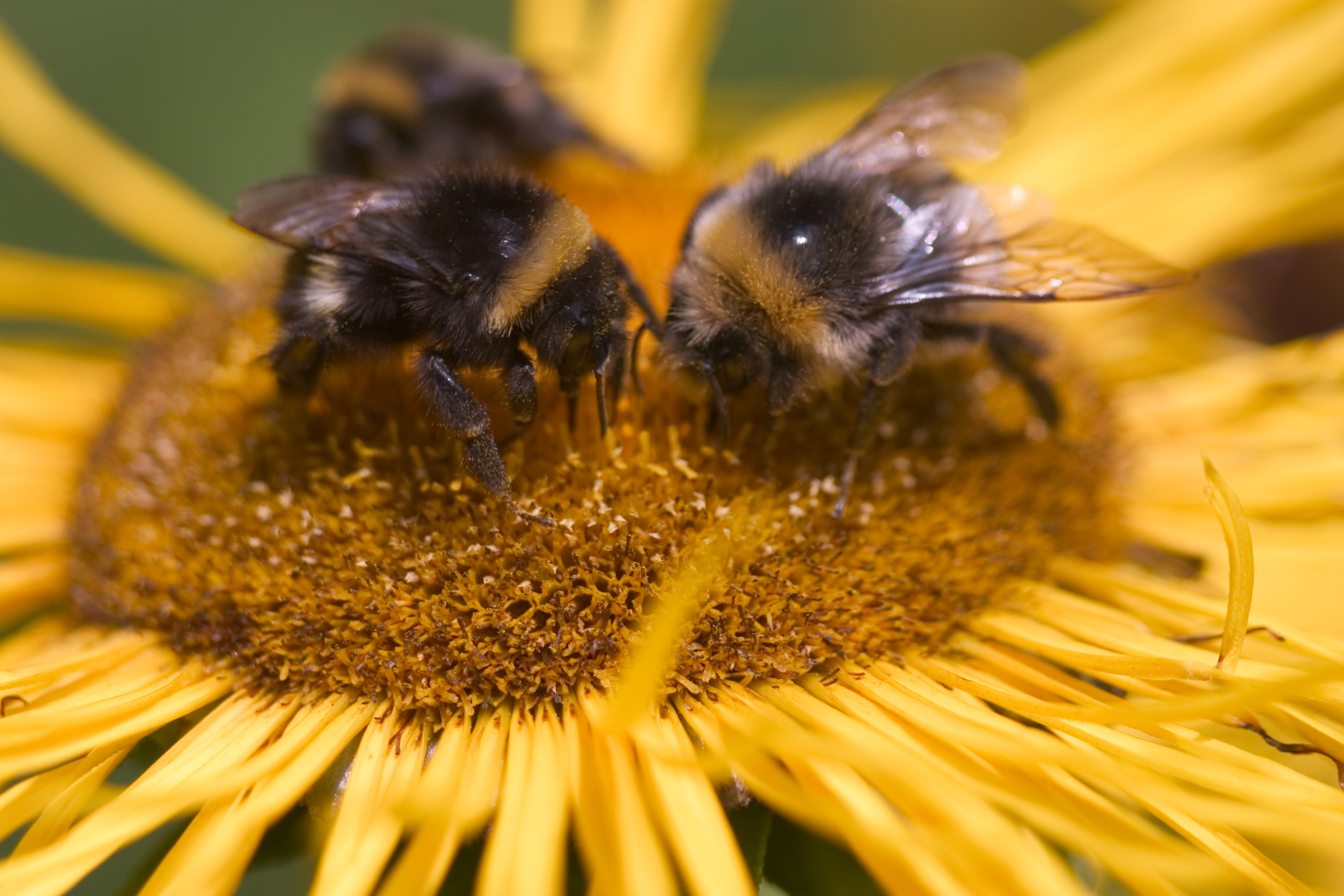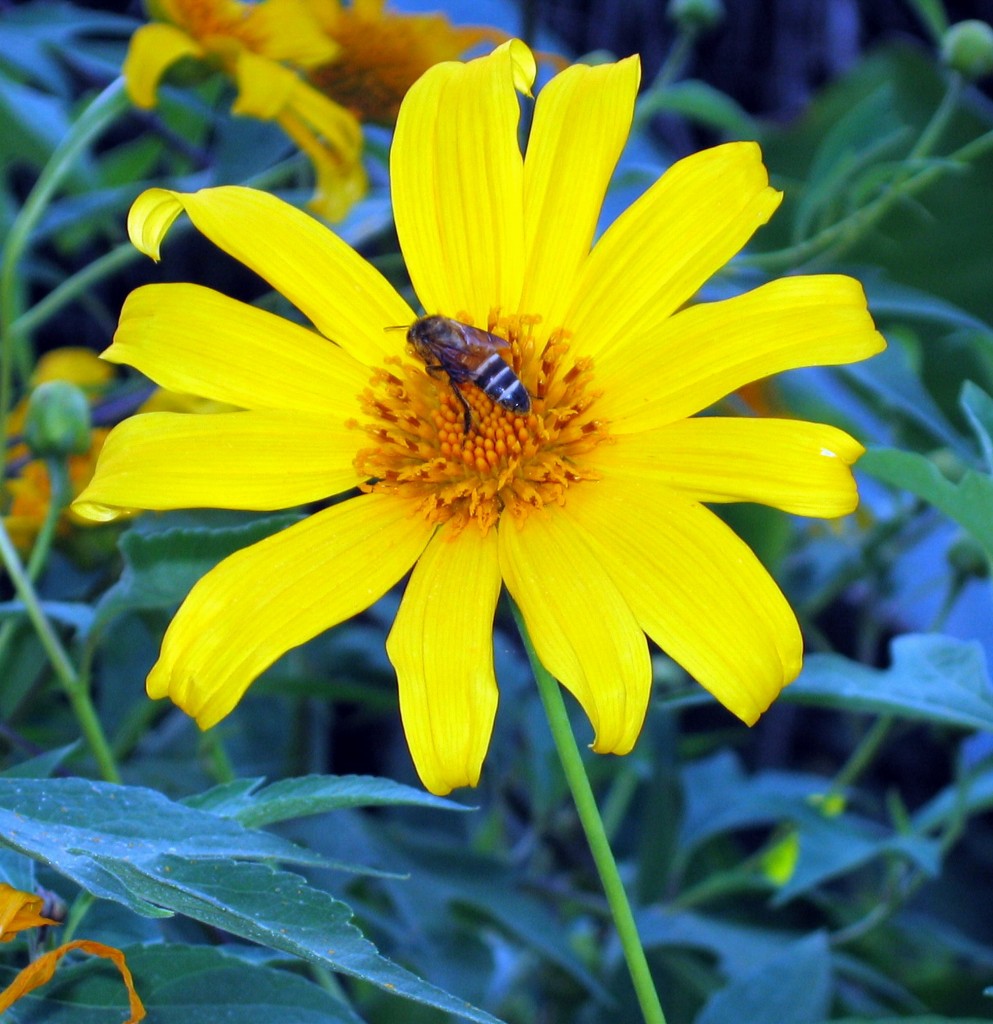
by Eric Gibson
If you haven’t heard, there’s this whole honeybee movement now. “Save the bees! They’re endangered!” Bee activists are claiming that pesticides are the number one killer of honeybee colonies. But before you go ahead and boycott your pest control service, you may first want to get the facts in order.
Here’s the first fact: researchers haven’t pinpointed a main cause for CCD (colony collapse disorder). There’s a number of factors that are said to play a part: climate changes, electromagnetic radiation, diet, parasites and, of course, pesticides. Pesticides are and always have been the scapegoat for most of America’s health issues including cancer, so that’s why pesticides are the front-runner for CCD according to the media. But my question for the media is: if pesticides are the cause of CCD, why in certain European countries where neonicotinoid and pyrethoid pesticides have been banned, has the population of bees not significantly increased? Here’s the answer: Because there are other, more significant reasons for the decline of honeybees, that’s why.

Here’s the second fact: the European honeybee is native to Europe, Asia and Africa…not to America. The honeybee was brought over from Europe in the 1600s to be bred commercially for honey production and crop fertilization. Though non-natives to America, honeybees play a big part in American agriculture. Ninety different farm grown foods depend upon bee fertilization! This is why the decline of honeybees is such a big deal. This is why the federal government is stepping in and allocating $80 million to fund research in the discovery of the cause of CCD.
Here’s the third fact, and what the media isn’t telling you: the varroa mite is the number one suspect. They migrated to the U.S. in the ‘80s. They attach to a honeybee and suck its blood, killing it, and spreading disease to other colony members. The varroa mite can jump from one colony to another, wiping out entire populations. Many researchers of CCD have named the varroa mite as the primary cause.
 The second biggest cause of CCD is the honeybees’ lack of nutrition. Where wildflowers once populated the states in enormity, crops and lawns have replaced them. Wildflowers provide the honeybees with the variety in diet that they need to survive and reproduce. Today, honeybees aren’t getting a steady diet of a variety of pollens because these flowers are sparse. You make any animal nutritionally deficient, add extreme weather patterns as well as a deadly parasite, and I would be surprised to see that animal survive another few years. These factors are why honeybees are in decline, not pesticides.
The second biggest cause of CCD is the honeybees’ lack of nutrition. Where wildflowers once populated the states in enormity, crops and lawns have replaced them. Wildflowers provide the honeybees with the variety in diet that they need to survive and reproduce. Today, honeybees aren’t getting a steady diet of a variety of pollens because these flowers are sparse. You make any animal nutritionally deficient, add extreme weather patterns as well as a deadly parasite, and I would be surprised to see that animal survive another few years. These factors are why honeybees are in decline, not pesticides.
That being said, bees can still be pests. They can deliver a potent sting that can sometimes cause allergic reactions, or, in more rare cases, anaphylactic shock and death. They can block the entranceways of homes and schools, causing a potential threat to the health of our kids and pets. Honeybees do not belong in or near structures that are frequented by people. A properly trained pest control company or wildlife removal company can remove these insects and relocate them to a forested area.
Eric Gibson is the Director of Marketing for Nozzle Nolen, Inc. of 5400 Broadway, West Palm Beach 33407. For more information about Nozzle Nolen, please visit www.nozzlenolen.com on the web, http://facebook.com/nozzlenolen on Facebook or call (561) 578-4787.
Nozzle Nolen is a member of the U.S. Green Building Council (USGBC). For more information about Nozzle Nolen and its Certified Green Solutions Program, visit www.nozzlenolen.com or call (800) 22-NOLEN.

